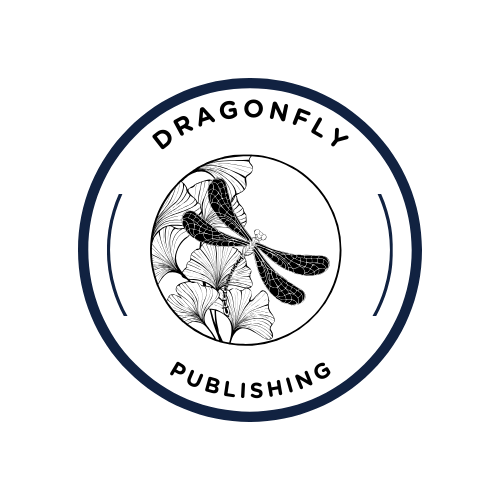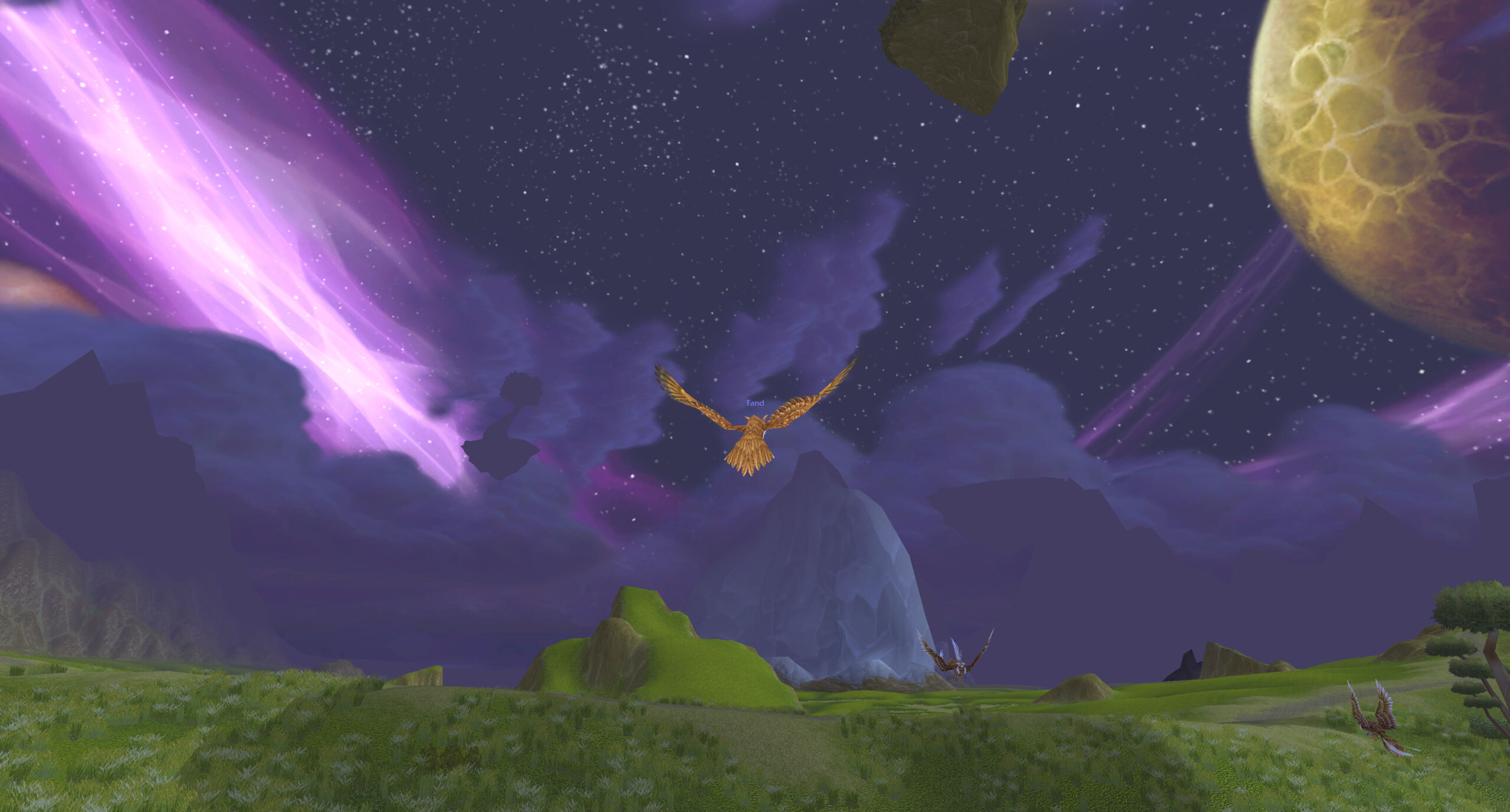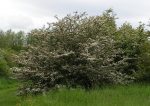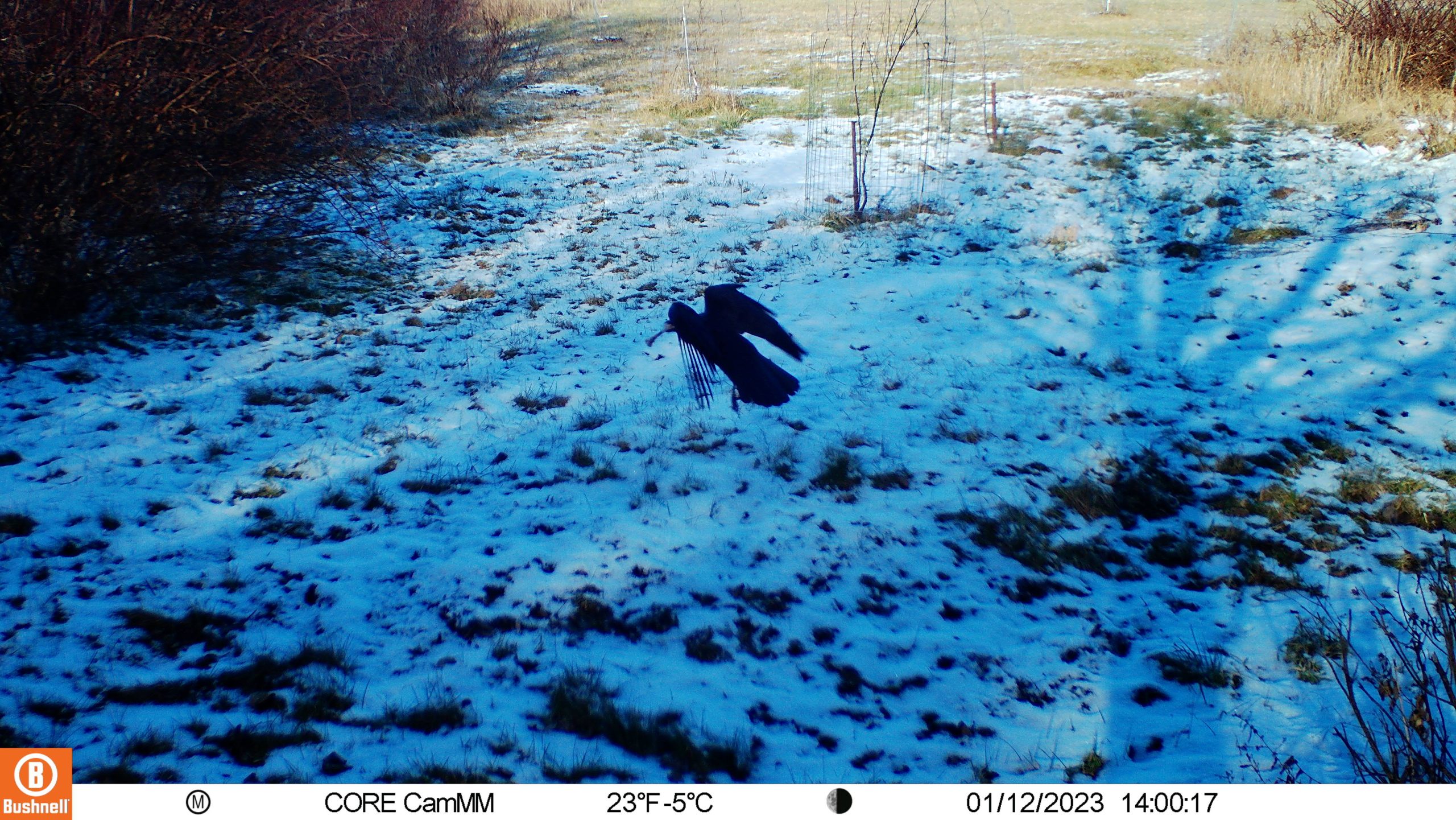I came back from Canada Thanksgiving weekend rather exhausted and needing some downtime. We did have a great time over the long weekend, including a hike around McConnell Lake Saturday morning–not an overly long hike (3.5K), but just enough to continue walking some distance, with the occasional run. On the way home, I was awed by an enchanted mountain drive, like usual, only this time of year we saw our first snow on the side of the high mountain pass and magical mountainsides full of glorious and vivid autumn foliage, mixed with deep greens of conifers shaded by shadow and light, topped by white peaks. Days are cooler. It is fall, my favorite season. Enter harvests and short days and golden light. Enter cool weather, to the point at night we are pulling up the covers as close as possible because we’re just so stubborn about energy use and have refused to turn on the heat yet. Upon returning home, I was in the mood for curling up in bed and watching a movie. Enter the spooky season, leading to Halloween.
I want to say I love horror movies, but I don’t–at least not the kind that scare you to jump or are beset with blood and guts just for the shock value. I like psychological slow burns, and had seen the movie The Witch about a year ago, but decided to watch it again on my lazy afternoon. The movie is powerful in many ways, and while it can work as a spooky Halloween movie (it is listed in that category at Netflix), it’s also a folk-tale. Before I go into this movie, I will discuss spoilers, so if you haven’t watched the movie, come back later. I’ll also say that as a very young child, I had two great fears: polar bears and witches. I’ll save the polar bear story for later.
As far as witches, I probably got the image of a witch from reading the tale “Hansel and Gretel.” I’ve blogged about my old book of fairy tales by the Brothers Grimm, so in my mind, the idea of witch was one with a pointy hat–an old crone, with long fingernails, hunched over and turning a long wooden spoon into whatever gross concoction whirred in her big black kettle. And she would fly at night. On a broomstick. In front of a full moon. I still recall living in an apartment building in Louisville, Kentucky, and gazing out my window and seeing the clear black pointy hat and the old, elongated face of a witch across the yard, in a basement window. Who knows what I really saw then. I was only three or four, but can still see that face.
The movie The Witch, also spelled with two V’s, The VVitch, as old Puritanical documents showed–likely based upon limitations of wood blocks used in printing back then–is a story about a family that gets kicked out of a Puritanical Plantation in the 1630s and heads out to build a new homestead outside of civilization. At the edge of their new farm is a wood, and it quickly becomes clear that a witch lives in the woods. She steals the family’s newest member, a baby boy named Samuel, and one of the scenes, though not directly showing the baby killing, depicts the witch lathering her body with the baby’s entrails that she had mashed up. That early scene sets the mood of horror and mystery because the family isn’t sure there is a witch; they think there might be, or maybe a wolf stole the baby. The family is picked off one by one in strange ways: the son is seduced by the witch with an apple (and sex–or the apple of course the age-old allegory) and found naked outside the farm later, only to come to a sort of religious ecstasy before succumbing to death; the younger twins mysteriously disappear after being locked in the goat barn with their older sister, Thomasin (we assume the witch that came in the night took them away too, for reasons similar to the baby brother’s, Samuel); the father is killed by the goat “Black Phillip,” which rammed him to death at his woodpile; and the mother is killed by axe-weilding Thomasin, in self-defense, as the mother attempts to strangle the daughter. Only Thomasin lives, and only she sees the true manifestation of the witch, in this case really the devil (?), as the black goat transforms into a dark man. After Thomasin signs her life over, she walks naked into the woods and joins a coven of other witches as they begin to float to the sky.
The story is super creepy. And I think some scenes are really beyond what we’re used to seeing, as they symbolize how oppressed women were back then, especially as they entered puberty. The movie is full of sexual suppression and curiosity peaking amongst prayers and zealous religious madness. I spent the rest of the weekend, on and off, reading about the movie, trying to make heads and tails of it. I didn’t read anyone comparing it with the tale of “Hansel and Gretel,” but they were also the kids of a woodcutter whose crops were ruined by famine and were banned to the woods where they too found a witch, seducing them with candy and goodies. The stepmother (always the evil stepmother!–though in the Grimm’s original version, it was their biological mother) sent the children out into the woods in order to save what food there was for herself and kids’ father, where the children came across a witch, threatening to eat them. This cannibalistic tale is similar to the old hag in the movie The Witch (taking place in 1630, with the movie out in 2015), though Grimm’s tale was first published in 1812–also, keep in mind that the Salem Witch Trials didn’t happen until 1692 and 93. The movie has a famine too; in the movie the corn has rotted and it’s also theorized that ergot has caused the family to hallucinate and become ill. Also in the movie, the father William is a woodcutter, like Hansel and Gretel’s father, and he spends a lot of time cutting wood. He cannot seem to hunt or grow crops, nor save his children, but he can chop wood like a champion.
The Witch movie is probably not for everyone. Juxtaposition to its horror is an art-house feel, and a folktale, which means it’s also seeped in historical accounts and filmed beautifully despite the slow sad reality of it. Robert Eggers, the director, subtitled it “A New-England Folktale,” and he looked at real documents and papers from the era to find how witches were depicted. He said in The Verge,
What’s so interesting to me about history is — what’s interesting to anyone — is how humans are the same. Their belief systems were so different. They had different metaphysical truths than we do. And yet we’re the same. How wild is that? I like to look into the past to understand us today: religions, myth, folk tales, fairy tales, that’s what rings my bell.
I wanted this to be presented without judgment, to just tell this particular story. But it’s so blatant how feminism rises to the top. It just does. From a contemporary perspective, looking back, it’s clear that in the early modern period, the evil witch [represents] men’s fears and ambivalence and fantasies about female power. And in this super male-dominated society, the evil witch is also women’s fears and ambivalence and fantasies and desire about their own power. It’s a tragedy to read about a young girl upsetting someone, and since she didn’t think she could have the kind of power to create that reaction, it has to be the devil. And thus, she thinks she’s an evil witch. It’s chilling.
I think the reason behind why Eggers directed this movie is exactly why I liked it–or maybe like is too strong a word. I feel moved by it, as far as the film being an allegory that empowers women instead of hiding their/our reality with religious oppression. Which was horrible. And if that horror is depicted also in some literal sense with jarring images and ideas, I think it works because that metaphysical reality that Eggers talks about was real, was awful, and was a building block to society in the West, and if it had been wrinkled out through time, it would be wonderful, but it has not. Neither have many other simple realities like skin color, gender preference, sexual orientation, age–these simple facts about us that have historically been questioned, judged, and treated with horror. I thought it interesting that in the film flying could be seen as either literally, on broomsticks–and I’d never before caught the judgement there, of witches putting something between their legs to fly–or by making this paste of flesh to “fly” or get really super high. Maybe the entire movie was about a super religious family high and sick on ergot–and the crazy nightmarish fuel coming from being drugged and overly zealous. Maybe there was no witch. Maybe it was a product of their hysterically religious perceptions–a product of sins, guilt, judgment, sacrifice.
So in that sense it was scary to me. I find human oddities more frightening that supernatural ones.
The Witch is also a story about isolation and loneliness. A family is kicked out. They cannot seem to grow food or keep animals healthy in their new place. They turn on each other in their kind hysteria that seems devoutly religious in nature but that may also be helped along with ergot poisoning. The place is cold, blunt, and lifeless–except for the woods, but evil lurks there. Wind, gloominess, and lack of bright color or even sun, surround the farm, weighting it down with not just shadow and uncertainty but heaviness. The heaviness of isolation.
I could not imagine living in that time. Yet, when I look at the world today there is obvious isolation everywhere. And loneliness. It’s inescapable. Oppression still occurs, and brutally. People are good at turning blind eyes, but it’s there.
Is the spooky season leading to Halloween (traditionally a day of the dead returning to Earth, after harvest on the long dark winter start) the season of melancholy? And does it mean that darker skies bring forth darker emotions–fright, sadness? The Guardian says:
There is an “even-tide” in the year – a season when the sun withdraws his propitious light – when the winds arise, and the leaves fall, and nature around us seems to sink into decay. It is said to be the season of melancholy; and if by this word be meant that it is the time of solemn and serious thought, it is undoubtedly the season of melancholy; yet it is a melancholy so soothing, so gentle in its approach, and so prophetic in its influence, that they who have known it feel, as if instinctively, that it is the doing of God.
As John Keats states in his poem “To Autumn,” autumn has its music too–full of life in the decay. There’s a certain comfort and beauty to this season:
Season of mists and mellow fruitfulness,Close bosom-friend of the maturing sun;Conspiring with him how to load and blessWith fruit the vines that round the thatch-eves run;To bend with apples the moss’d cottage-trees,And fill all fruit with ripeness to the core;To swell the gourd, and plump the hazel shellsWith a sweet kernel; to set budding more,And still more, later flowers for the bees,Until they think warm days will never cease,For summer has o’er-brimm’d their clammy cells.
The featured image is a scene from the mountains this past weekend.







